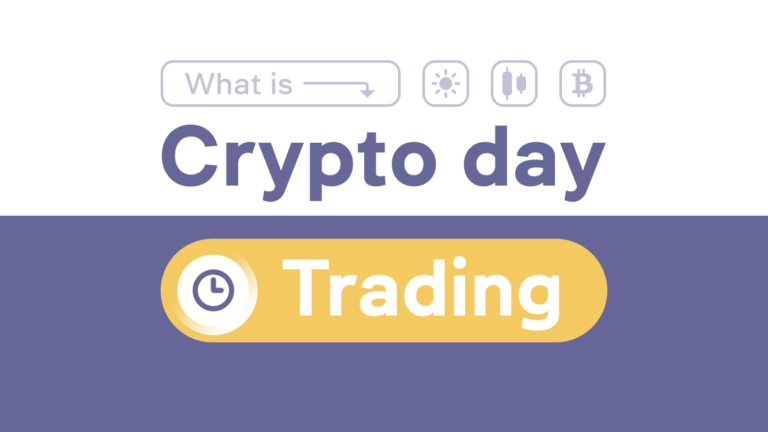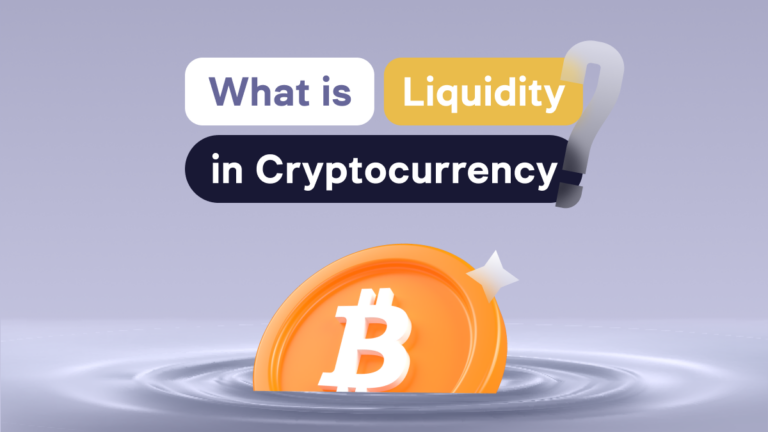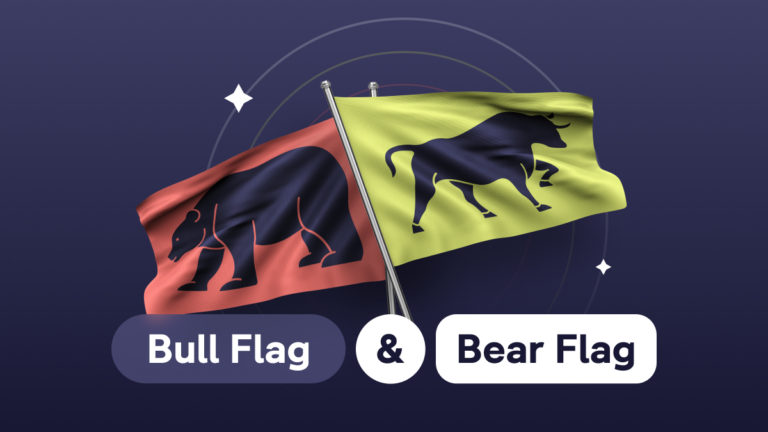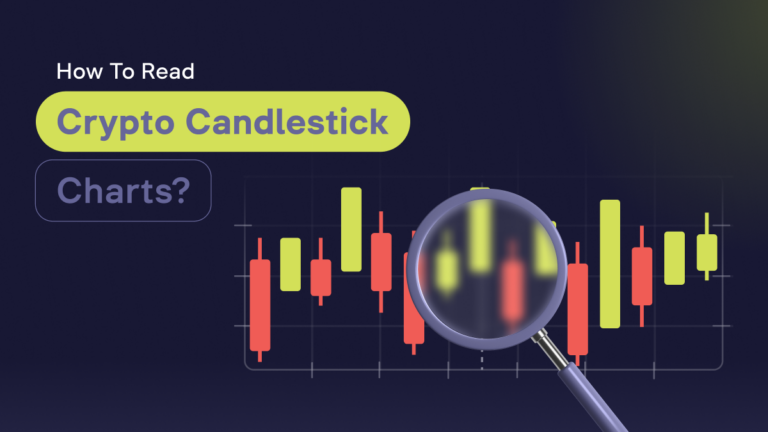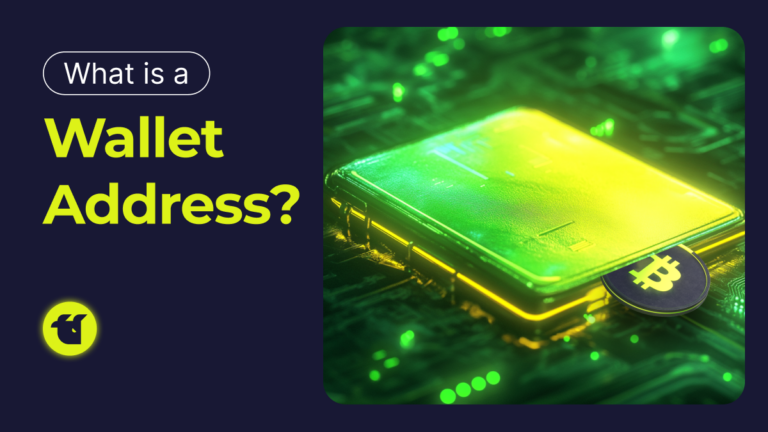What is a Fair Value Gap (FVG)?

Content
Cryptocurrency trading requires careful analysis of market data, and one key tool for this is understanding the concept of Fair Value Gap. Often, on charts, you will notice that the price leaves behind “unfilled” zones. These zones are known as Fair Value Gaps (FVG), and analyzing them can open up new opportunities for profitable trading. In this article, we will explore what is FVG in trading, look at how the FVG works and how it can be used to find optimal entry and exit points.
What Is a Fair Value Gap (FVG) in Trading?
A Fair Value Gap is an area on a cryptocurrency price chart where a significant imbalance between buyers and sellers has occurred, causing the price to move quickly without sufficient correction. These gaps form when the price jumps over levels without trading at certain price ranges, leaving empty areas behind. FVG in trading often occurs in high-volatility environments and in short-term time frames such as intraday trading.
FVG trading is all about looking for potential entry and exit points. The logic is that the market seeks to close such gaps by returning to these unfilled zones. When price returns to the FVG, depending on the direction of the correction, it can signal a good opportunity to open a trade. Fair Value Gap analysis allows traders to better monitor crypto assets by identifying moments when the price deviates from fair value.
How Do Fair Value Gaps Form?
FVG is formed due to a sudden price movement when there is an imbalance between buyers and sellers. This happens at times of high volatility or on the background of major news, when the price moves rapidly, missing some supply and demand levels. In such a situation, unfilled areas appear on the chart—zones where the price has hardly been held for a full-fledged trade. Traders often use a scanner to quickly identify these Fair Value Gaps, allowing them to act swiftly and capitalize on market inefficiencies.
Usually, FVG is formed between three candles: if the price moves up or down rapidly, the intermediate candle may close significantly above or below the previous one, leaving no trace of fair value gap trading in a certain range. This gap between the high and low candlestick levels indicates a Fair Value Gap, which traders expect the market to close sooner or later.
How to Identify a Fair Value Gap?
Identifying a Fair Value Gap (FVG) helps traders exploit market inefficiencies caused by sudden imbalances in supply and demand, often triggered by major events. These gaps highlight areas where the price moved too quickly, leaving unfilled orders. Here’s how to spot them.
- Find an area of sharp price movement.
Start by looking for areas where the price has quickly increased or decreased without a significant correction. This often happens after news releases or during strong trends. These sharp price jumps are potential areas to identify FVGs.
- Identify three consecutive candles.
To identify FVGs, focus on three consecutive candles on the chart:
- The first candle is before the sharp move (it will be within market activity before the gap appears).
- The second candle is the candle of a sharp move where there is a strong rise or fall in price.
- The third candle is the candle that closes after this movement but does not return to the previous price level, leaving a blank range between the first and third candles.
- Find the unfilled areas between the first and third candles.
Determine the range between the first candle’s low and the third candle’s high (or vice versa if it is a downward movement). If there is no activity between these levels (price has not returned to this range), this is your Fair Value Gap.
Using technical indicators and tools to identify FVG:
- Horizontal lines: Use these to mark FVG levels on your chart to keep track of potential price return areas.
- Volume indicator: FVG often occurs when volume spikes, indicating an imbalance between buyers and sellers. A volume fair value gap indicator can help confirm the existence of a gap.
- Volatility indicators (e.g., Bollinger Bands): These indicators can show the expansion in volatility that often accompanies FVG.
- Fibonacci levels: Sometimes, the FVG coincides with Fibonacci levels, especially when the market is correcting after a sharp move. This can reinforce the prediction that the price will return to the FVG zone.
Types of Fair Value Gaps
Types of Fair Value Gaps (FVG) can be categorized into two main types: bullish and bearish, depending on the direction of price movement and market sentiment. Lets look at the bearish and bullish fair value gap example.
Bullish Fair Value Gap
A bullish FVG is formed when crypto prices move sharply upward and unfilled price levels remain. Such a gap indicates the dominance of buyers over sellers and a potential zone where price can return before continuing upward.
Signs of a bullish FVG:
- Price rises quickly, leaving a gap between the first candle’s low and the third candle’s high.
- This gap shows that sellers have not had time to respond to the rise in price, which creates an opportunity for a correction.
- When price returns to this gap, it can be a good buying point as buyers may become active again.
Bearish Fair Value Gap
A bearish FVG is formed by a sharp drop in price that leaves unfilled levels. This type of gap signals strong selling pressure and can be used as an indicator to determine a sell entry point when price returns to this range.
Signs of a bearish FVG:
- Price falls sharply, leaving a gap between the first candle’s high and the third candle’s low.
- This gap indicates a strong dominance of sellers who have displaced buyers.
- When price returns to a bearish FVG, it can signal a resumption of the downtrend and provide an opportunity for a short position.
How to Trade Fair Value Gaps?
Trading FVG is based on the expectation that the price will return to unfilled levels after a sharp move. Traders first identify a bullish or bearish FVG on the chart using a three-candlestick pattern. They then wait for the price to return to the gap area: in the case of a bullish FVG, the price should decline towards the gap, while in the case of a bearish FVG, the price should rise. This creates potential entry points into the trade.
Traders often use technical indicators such as volume or oscillators to confirm signals and place Stop-Loss orders to minimize risk. Stop-loss orders are usually placed outside the FVG zone, and Take-Profit orders are placed at the nearest support or resistance levels. Understanding how to trade a fair value gap is essential for identifying market inefficiencies and timing entry points more accurately.
Fair Value Gaps vs. Other Gaps in Crypto Markets
Fair value gap in trading is formed when price moves sharply, leaving unfilled levels between candles. These gaps signal an imbalance between buyers and sellers and are used by traders to identify entry and exit points. FVGs form in high volatility conditions and can indicate a future price retracement.
Weekend gaps occur when Monday’s opening price differs from Friday’s close, often due to news. These gaps are predictable and may indicate strong market movements.
Event-driven gaps are formed because of specific news and may have a clear rationale. Unlike FVGs, they are often related to external factors. Thus, FVG focuses on market imbalances, while other gaps are news and event-driven.
Pros and Cons of Fair Value Gaps
When utilizing Fair Value Gaps in trading strategies, it’s important to weigh the potential benefits and drawbacks to understand how they can impact decision-making and risk management.
FVG Advantages
- Identify market imbalances: FVG helps identify areas where the market may correct, which provides traders with entry and exit opportunities.
- Versatility: FVG can be applied over different timeframes and for different assets, including cryptocurrencies.
- Trading Signals: When the price returns to the FVG, it can serve as a strong signal to open positions, allowing for a better fair value gap trading strategy.
- Simplifies analysis: FVG simplifies technical analysis, allowing traders to focus on key levels where price changes may occur.
FVG Disadvantages
- False Signals: Sometimes price may not return to the FVG zone, leading to false signals and losses.
- Volatility Dependency: FVGs are more prominent in volatile markets, which can make them less effective in calm conditions.
- Need for confirmation: FVGs often require additional indicators and confirmations to trade successfully, complicating the decision-making process.
- Market may ignore: Sometimes, the market does not react to FVGs, especially if the overall trend is strong, which makes them less reliable in certain conditions.
The Bottom Line
Understanding Fair Value Gap regularly is important to making the most of it. Mastering this method can significantly improve your trading results and help you better understand market dynamics.
FAQ
A Fair Value Gap crypto is an area on a chart where the price of an asset changes dramatically, leaving unfilled price levels. It often looks like an “empty” space between candlesticks.
Traders use the fair value gap to identify potential support and resistance levels. When price returns to these levels, they can look for entry points indicating a recovery opportunity.
The exact origin of the Fair Value Gap remains uncertain, and most sources attribute its emergence to the development of technical analysis and fair value gap strategy rather than a specific author.

